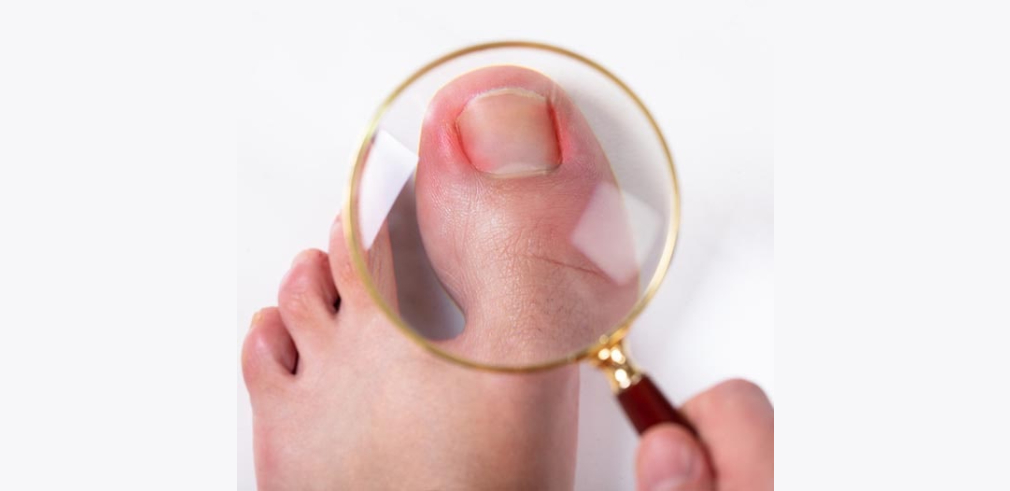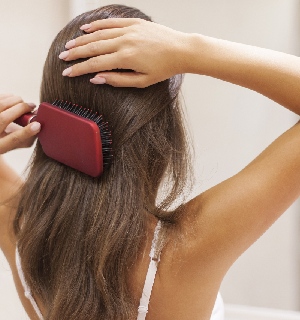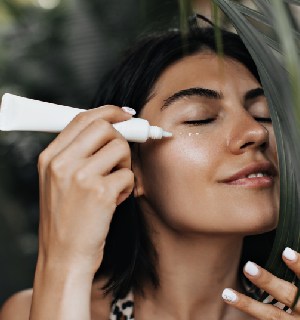What Is Chronic Paronychia?
In order to understand Chronic Paronychia, it is essential to know its source,i.e, paronychia. To start with, paronychia is a skin infection around fingernails and toenails. This infection is caused due to bacteria or a type of yeast called candida. If the infection remains unattended to or untreated, it may result in the complete loss of the nail. Paronychia may be chronic or acute on the basis of spread of the infecting agents, duration and their speed of onset.
In case of chronic paronychia, inflammation of nail folds of toe and fingers happens repeatedly. Redness and swollen skin can be noticed in this medical condition which increases gradually. People who are continuously working in water can suffer from chronic paronychia. Since it is persistent, getting it treated cannot be ignored. This multifactorial reaction to allergens and irritants leads to fibrosis of proximal nail fold.
Clinical Features of Chronic paronychia
- Redness of the skin surrounding the nail
- Tender skin around the nail
- Fluid under the nail folds
- Detachment of the nail
- Nail becomes thick with visible discolouration
It must be noted that chronic and acute paronychias have similar symptoms or clinical features. The major points of difference between them include duration of the infection and onset and speed of spread of this skin disorder. In most of the cases, these symptoms may be caused due to other medical conditions too. Therefore, the timely visit to the dermatologist must be preferred for examination. As a part of the diagnosis, doctor sends the infection pus to lab for further evaluation. If the diagnosis turns out to be unresponsive, skin biopsy is considered by the doctor.
Causes of Chronic Paronychia
Among the various causes of this skin disorder, here are some of the common ones to be known:
-
Viral, mycobacterial or bacterial infections
- Subungual melanoma, squamous cell carcinoma and Metastatic cancer
- Raynaud’s disease
- Drug toxicity caused by medications such as retinoids, protease inhibitors and indinavir
Retinoids and the epidermal growth factor-receptor are among the most frequent causes of chronic paronychia. If the patient is taking cetuximab, an anti-epidermal growth factor receptor, a medication prescribed for treatment of solid tumours, he can face this dermatological disorder.
Diagnosis of Chronic Paronychia
It takes laboratory test of pus or sample of fluid of the wound to diagnose chronic paronychia. Even though, there is no special test for the identification of this skin disorder, but, timely physical examination must not be ignored. Bacterial or fungal infection causing the infection can be known through this laboratory test.
Treatment & Medical Advice
In the mild cases of paronychia, home remedies are often successful. However, chronic paronychia should be addressed by visiting the doctor. He will prescribe antibiotics after observing clinical features of this skin disorder. The treatment is recommended by doctor when home remedies are not effective. The intervention of anti-fungal topical agents and topical steroids proves to be beneficial for the patient. In order to relieve the discomfort caused due to blisters or abscesses, the fluid should be drained.
Surgical treatment is advised by the doctor when medical treatment fails. With the help of surgical debridement, the wound is treated further relieving the patient’s discomfort. Incision and drainage processes are performed in treating chronic paronychia through surgical intervention. In addition, this eczematous condition is likely to develop again after getting treated from anti-fungal topic agents. This is precisely the reason behind usage of topical and systemic steroids has become indispensable part of therapy.
Most of all, doctors often take sample of pus from the wound to get in-depth details about the cause of chronic paronychia. From diagnosis, understanding the root source of this form of paronychia to treatment, a prolonged procedure is followed by dermatologists. Therefore, it is ideal to consult with the doctor rather than relying on home remedies to treat this dermatological issue. Basic precautions and medical advice are offered to the patient to prevent the aggravation of the infection. Some of these measures to be followed include:
- Maintaining proper hygiene
- Keeping hands and feet clean is essential to keep out bacteria
- Avoiding exposure to the moist environment along with the use of irritants like soap or detergent
- Rubber gloves can be used if skin comes in contact with irritants
- Biting of nail or self-manipulation and incision of lesion should be avoided
- Proper selection of footwear can protect nail from damage
- If the patient is suffering from diabetes, monitoring glycemic level is a must
Commonly Asked Questions Regarding Chronic Paronychia
Q1) Can chronic paronychia be avoided?
Ans) The patient needs to maintain hygiene and stop biting nails in order to keep fingernails healthy. Besides, avoiding the use of irritants and precautions advised by doctor should be followed. The whole idea is to regulate the health of skin around fingernails and toenails in order to avoid chronic paronychia.
Q2) How can chronic paronychia affect life?
Ans) Structural abnormalities in the growth of nail, inflammation, redness of skin, trauma and other infections are caused by this skin disorder. Consequently, the quality of life gets affected due to chronic paronychia when nail disorders develop.
Q3) Which drugs are used to treat chronic paronychia?
Ans) Oral antibiotics are administered with warm water soaks to heal the wound. Apart from these, Cleocin and Augmentin are useful for treating chronic paronychia too.
Q4) What are the measures included in the initial treatment of chronic paronychia?
Ans) Self-evaluation and prevention are initial measures of lessening the signs of the wound in chronic paronychia. Any attempt of draining the lesion, manipulation of the wound, self-manicure and incision must be avoided. These actions can lead to secondary bacterial infections.
Long-Term Treatment & Dermatological Advice
Chronic paronychia can be prevented if its symptoms are not ignored. But, in case, the severity of this dermatological disorder increases, then, finding the best dermatologist will be advisable. Managing skin disorder at home may be tough, hence, the medical treatment will come to your rescue. The duration of treatment depends on the condition of lesion, abscess, wound or any form of paronychia.
Find the best doctor and stay at ease as your fingernail or toenail gets treated safely.
 Whatsapp
Whatsapp Facebook
Facebook Twitter
Twitter Instagram
Instagram Linkedin
Linkedin Pinterest
Pinterest




